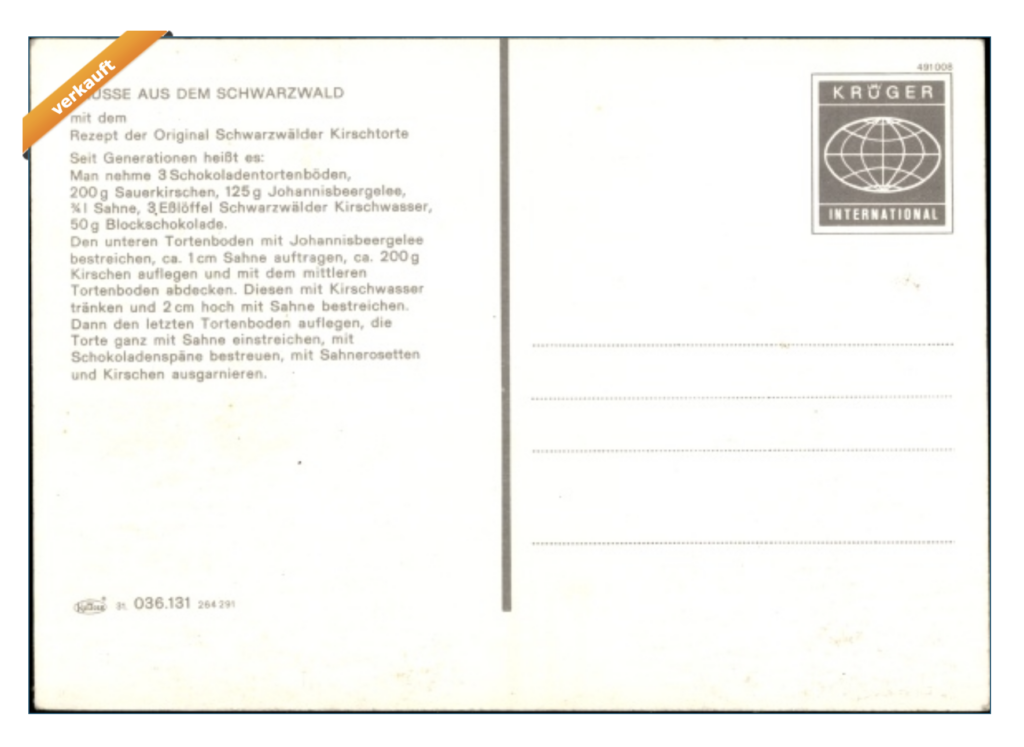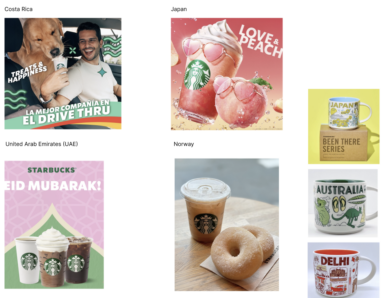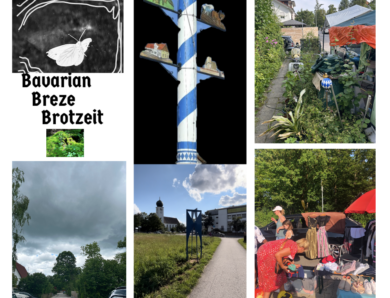
Week 6
Brief 2 – process model
This week I kept working on the second brief idea with the milk package.
I started working on a first draft in Illustrator. The idea is that each side of the (vegan) milk package shows the common parts of a product such as ingredients in a metaphorical way. For example, the ingredients could be the skills I still have to improve, such as the Adobe Cloud programs.
My logo on the front could be a (vegan) milk product to show the continuous change of the milk product (from an animal to a non animal product). The lettering milk disappears under a spill of milk while new is shown because it’s a new product and to emphasize my new path as a designer. To show the information I would create arrows explaining the different parts of the milk package and connecting them like in a flow model.
Also, I wanted to put everything together in Adobe Dimension to show it in 3D (and to practice my skills learning new Adobe products).
Why milk one might think, but I chose milk because for me it’s something I drink every day and I care about which milk. I drink only vegan milk. As a product, it includes some of my values.

In the Tutorial today I tried to explain the design. I was asked why milk. It felt intuitive to choose milk. But I am not sure how to show the WHY better. The feedback I got in the tutorial was that too much is going on in my design. And to take a step back and look at it from another angle.
The idea to show skills as ingredients and bring my values into the design got positive feedback.
Paul mentioned I could think about how milk is used to create new things (“you can pour it into something”), use colors for the values, check other illustrations of values, or create some kind of instructions (aka IKEA). Lena mentioned cake as a product and that I could show more of the process.
— Other thoughts—
I also thought of a postcard that I have seen in the past. On the front is the final product, a Black Forest cake, and on the back, where you write on the postcard, are the ingredients and instructions on how to make the cake. It looked similar to this one:


Research material: Noticing the ignored – Experimental drawing, capture, writing, recording, photography etc.
How do you look, research and record to find a unique insight to a problem?
Susanna Edwards
The Situationists international
International organization of social revolutionaries in Europe in the 1950s to 1970s. They created art, published magazines, etc. to rebel against the increasing commercialization of the art world and the apathy of modern urban life. They created situations to actively reclaim and reshape everyday life using two main techniques:
- drifting -> wander through the city aimlessly and “discover utopia”
- détournement -> cut-up collage, refusal of original creation, find new ways to put together
The Naked City by Guy Debord is an example of drifting. The city map as a means of depicting constructed situations and possibilities as well as places in the city and the movements of people in it.

Ex-formation (Kenya Hara)
Kenya, a Japanese designer, who is also teaching at Musashino Art University, talks about the failure of design education to turn knowledge transfer into imagination and therefore leading to the stagnation of creativity. He is encouraging curiosity as part of the curriculum and to make something unknown rather than known as currently happening with the information overload we endure every day.
Other materials
The Girl Chewing gum, a film by John Smith, shows how situations can be constructed. At first it seems the speaker is in the moment documenting, but later it is revealed that they comments had been added afterwards, and comments are subjectively made.
The Powers of Ten, a short film by Charles and Ray Eames, is showing different dimensions of reality by first depicting a picnic scene, then flying away from earth to the universe, coming back and entering a human’s body.
John Berger talks in Ways of Seeing how our perception of the worlds is not only what we see but also how we see it. In the past paintings in churches for example were an integral part of a building. Nowadays such church paintings can be reproduced or even changed using movement, and looked at from our own four walls. Reproduction made it easier to relate what we see to our own experience.
Research task: Designers (…) who have explored experimental methods in order to reflect on their relationship within a given area. How do people pay attention? How can we use recording tools to capture information? How can you really look at the environment from multiple perspectives? How can you capture and record places in multiple ways?
Saul Bellow, a writer, said his advice to writing is to behave like a newcomer on earth: ”I’ve never seen the world before. Now I was seeing it, and it’s a beautiful […]And when the end came […] I knew […] There are more things between heaven and earth, Horatio, etc.”1
Looking at the environment from a different angle means drawing attention to objects or situations that you would otherwise ignore, e.g. Rob Walker suggests paying attention to surveillance cameras or mobile phone masts.2 He states that we are overflooded with information on a daily basis and we unlearned to pay attention to something that is not “shiny” at a first glance.
One way to record the environment or objects is to take pictures as George Nelson did in his book How to See. Rob Walker, on the other hand, suggests keeping a notebook and drawing instead of taking photos. The goal is to observe better and “slow down” at the same time.
- https://archive.nytimes.com/www.nytimes.com/books/00/04/23/specials/bellow-gussow97.html ↩︎
- The Art of Noticing (Rob Walker), p. 11 ↩︎





No Comment